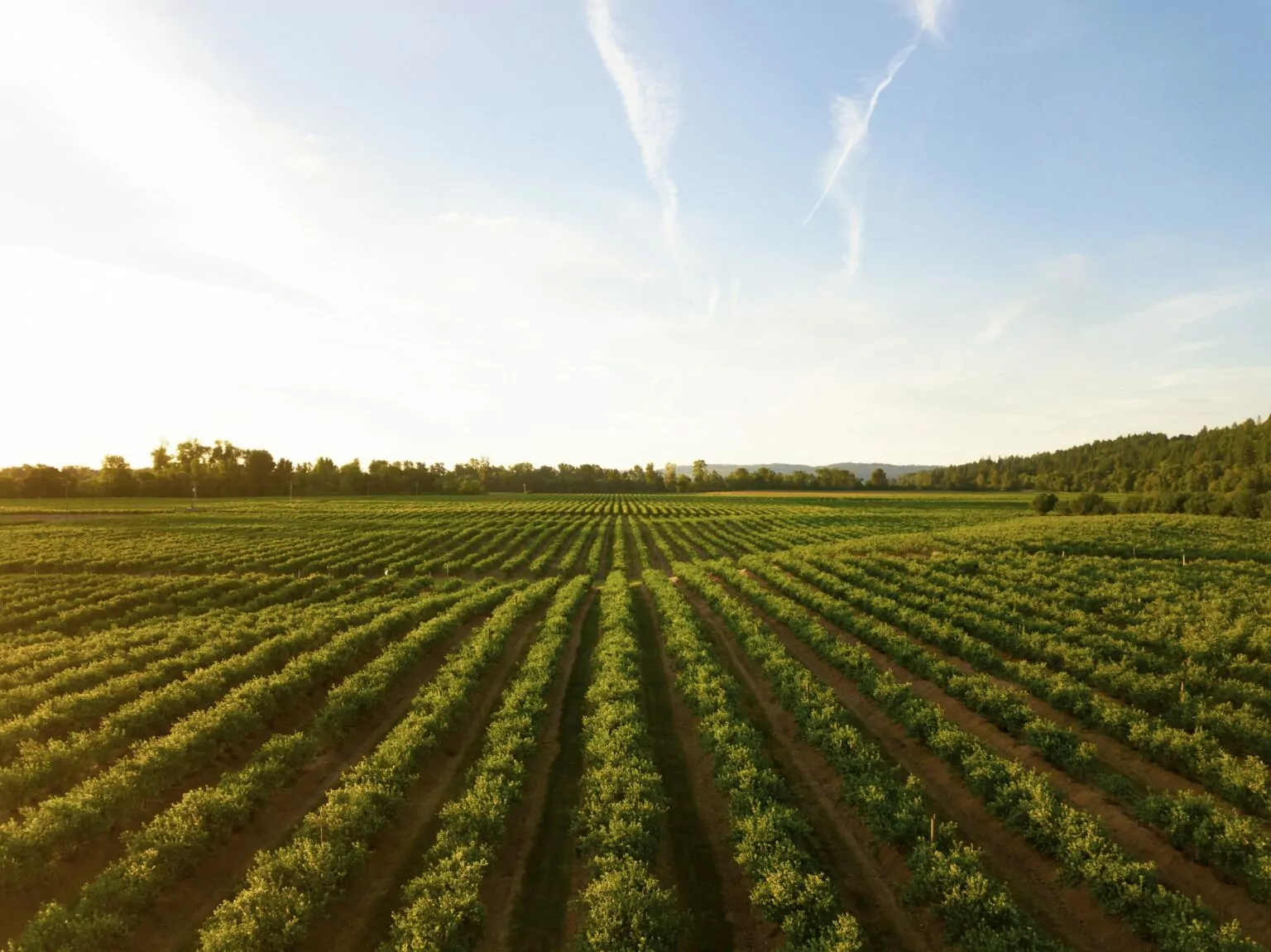The Rich Agricultural Landscape of Bangladesh
Bangladesh, a country nestled in South Asia, is often celebrated for its vibrant culture, bustling cities, and picturesque landscapes. However, one aspect of Bangladesh that truly shines is its vast and fertile farmlands. From the lush greenery of the countryside to the bustling markets filled with fresh produce, agriculture plays a central role in the nation’s economy and identity.
Diversity in Farming Practices
The agricultural landscape of Bangladesh is incredibly diverse, with various regions specializing in different crops and farming techniques. In the northern regions, you’ll find vast fields of rice, the staple food of the country. The fertile plains of the Ganges-Brahmaputra Delta, often referred to as the “Green Delta,” are renowned for their rice production, making Bangladesh one of the world’s largest rice producers.
In addition to rice, farmers across Bangladesh cultivate a wide range of crops, including jute, tea, sugarcane, and various fruits and vegetables. The southern coastal areas are particularly known for their shrimp farming, which has become an essential part of the local economy.
Sustainability and Challenges
Despite its agricultural richness, Bangladesh faces numerous challenges in its farming sector, including land degradation, water scarcity, and the impacts of climate change. Farmers often struggle with unpredictable weather patterns, flooding, and cyclones, which can devastate crops and livelihoods.
However, there are also ongoing efforts to promote sustainable agriculture and adapt to these challenges. Initiatives such as crop diversification, water management projects, and the adoption of innovative farming techniques are helping farmers mitigate risks and improve productivity while preserving the environment.
Cultural Significance
Beyond its economic importance, agriculture holds significant cultural value in Bangladesh. Traditional farming practices, passed down through generations, are deeply ingrained in the fabric of rural life. Festivals like Pahela Baishakh, the Bengali New Year, are celebrated with great enthusiasm, marking the beginning of the harvest season and showcasing the rich cultural heritage associated with agriculture.
Moreover, agriculture plays a crucial role in shaping social bonds and community cohesion. The concept of “bari-badh” (community farming) fosters cooperation among villagers, where they come together to work on each other’s fields during peak seasons, strengthening ties and mutual support networks.
Conclusion
The farmlands of Bangladesh are not just a source of sustenance but a reflection of its rich heritage, resilience, and spirit of community. As the country continues to navigate the challenges of modernization and climate change, the agricultural sector remains a cornerstone of its development efforts, ensuring food security, economic growth, and cultural vitality for generations to come.
